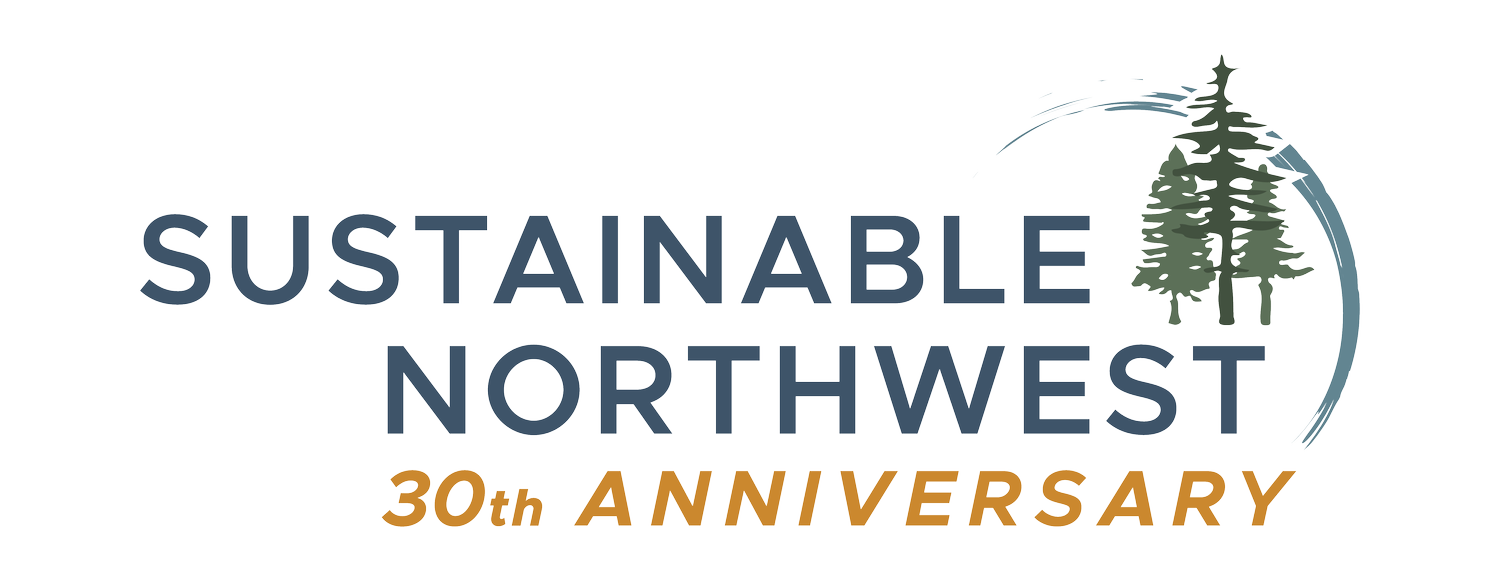Lower John Day Water Resource Plan Finalized & Formally Recognized
In 2016 the Lower John Day Basin Working Group received a grant from Oregon Water Resources Department to engage in a collaborative water planning effort to prioritize and address water challenges and plan for a sustainable water future.
On May 17th, 2022, after six years of collaboration that Sustainable Northwest helped lead, the seventeen-member workgroup passed with full consensus a plan to guide the regions in and out of stream water needs for decades to come. The planning process analyzed existing conditions and expected future water needs in the Lower Basin, identified critical water resource issues, and developed restoration action priorities to address the areas of concern.
On June 19th, 2022, the Oregon Water Resources Commission formally recognized the Lower John Day Integrated Water Resource Plan. Implementation, monitoring, and project tracking will continue through 2030. Adopting the plan will put the John Day in a strong position to leverage implementation funding from state, federal, and private sources.
The planning process analyzed existing conditions and expected future water needs in the Lower Basin, identified critical water resource issues, and developed integrated strategies or restoration action to address the problems of concern.
The region, home to both the Confederated Tribes of the Warm Springs Indians and the Confederated Tribes of the Umatilla, has historically been a critical food source and trade center. Today these tribal lands represent cultural significance and are important for maintaining cultural foods and fish populations to ensure harvest opportunities for Tribal membership. The Tribes maintain ongoing restoration, science, and monitoring efforts to improve fish habitat in the Basin.
The John Day River basin drains nearly 8,100 square miles of central and northeast Oregon and is one of the longest free-flowing rivers in the continental United States and the longest undammed tributary of the Columbia.
Elevations range from 265 feet at the confluence with the Columbia River to over 9,000 feet at the headwaters in the Strawberry Mountain Range.
The John Day hosts one of the few remaining wild fish runs in the Pacific Northwest. Both summer steelhead and spring Chinook salmon fisheries contribute to the largest entirely wild run in the mid-and-upper Columbia River.
Work Group Key Findings:
Municipal, industrial, and commercial out-of-stream water demand is not expected to increase significantly due to the projected low population growth and existing industrial and commercial enterprises.
Water is not likely available for new surface water appropriations from July through October. Water may be available for appropriation from January through May.
Few of the Lower Basin’s tributary streams have instream water rights, and the instream water rights that do exist, for the mainstem and some tributaries, do not protect flows sufficient to meet all ecological needs.
Available flows are insufficient to meet several Water Availability Basins’ (WABs) water demands, most notably the months from July to October.
High water temperature is the most significant water quality issue in the Lower Basin.
The vast majority of the irrigation comes from surface waters of the main stem and its tributaries. Agricultural water use can play a major role in modifying local and regional hydrology.
Additional climate change scenarios should be modeled and tracked. Changes in hydrograph curves due to loss of and/or earlier snowmelt and increasing summer temperatures are likely to increase lethal conditions for fish dependent on cold water.
Top Strategies & Restoration Actions:
Protect, enhance, and/or restore native riparian vegetation.
Maintain and increase stream flows (to address elevated stream temperatures).
Encourage improved irrigation efficiency projects and use of Conserved Water Act (to reduce out-of-stream demand through efficiency improvements and to protect a portion of water saved instream).
Complete a feasibility study to assess potential off-channel water storage projects, including (a) potential locations for storage projects (surface and sub-surface) and (b) water availability, including consideration of all categories of instream flow needs (as recognized in the Step 3 Report).
Restore upland function by improving plant communities with juniper removal and encouraging desired plant communities by planting appropriate perennial bunchgrasses, shrubs, and forbs.
Special recognition and thanks to the Bella Vista Foundation for supporting SNW’s efforts in this multi-year process and helping catalyze community-led efforts to plan for future water needs in a warming climate.
Lee L. Rahr
SNW Water and Energy Program Director
lrahr@sustainablenorthwest.org



